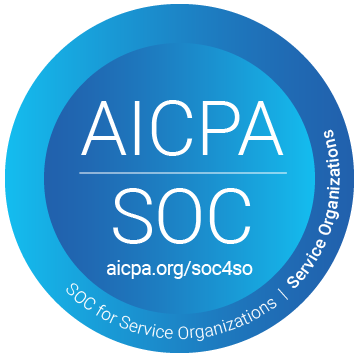
The Insurance Claim Life Cycle Step-by-Step Updated 2025
Claims management is the core of any insurance operation. It’s not just about transactions—it’s about trust. When a worker is injured or a claim is filed, policyholders expect clarity, fairness, and speed. For insurance carriers, this means having systems in place that ensure every claim moves through its lifecycle without unnecessary friction.
This blog breaks down the workers’ comp insurance claim lifecycle into four distinct phases and shows how Terra simplifies each one—turning a traditionally cumbersome process into a competitive advantage.
Understanding Claim Management in Workers’ Comp
Claims management in workers’ comp involves everything from the first notice of loss to the final payment or denial. Each phase must operate efficiently to reduce delays, errors, and cost leakage.
In a typical insurance setting, the claim life cycle includes the following stages:
1. Intake / Submission
This is where it all begins. A claim is reported—often triggered by a workplace injury or incident. This intake, also called First Notice of Loss (FNOL), sets the foundation.
Key Activities:
- Capturing incident details and relevant documentation
- Assigning the claim for triage or intake evaluation
Terra Advantage: Terra automates claim intake through OCR (Optical Character Recognition) and workflow routing, reducing delays and improving accuracy from day one.
2. Adjudication
At this stage, the insurer evaluates the claim to determine its validity and coverage. This includes checking policy limits, coverage terms, medical coding, and documentation.
Key Activities:
- Eligibility validation
- Liability assessment
- Error and completeness checks
Terra Advantage: Terra streamlines adjudication by centralizing communication and providing digital workflows that reduce manual errors.
3. Processing
Once adjudicated, the claim moves into financial processing. This involves calculating payouts, deductibles, co-pays, and applying policy-specific rules.
Key Activities:
- Payment calculations
- Internal system updates
- Coordination with bill review or case management systems
Terra Advantage: Real-time analytics and claims benchmarking give teams visibility into trends, bottlenecks, and performance metrics—speeding up resolution.
4. Payment (or Denial)
The final step is the disbursement of funds (or issuance of a denial notice with rationale). A smooth payment process builds trust, ensures compliance with timelines, and improves outcomes.
Key Activities:
- Generating remittance advice
- Issuing payments electronically or by check
- Notifying all parties of final decisions
Terra Advantage: With electronic payment integration and partner systems embedded within Terra, insurers can transition away from paper and delays, and toward digital-first settlement.
Staying Organized Throughout the Life Cycle
A well-structured claims lifecycle reduces operational drag, improves claimant satisfaction, and protects insurers from unnecessary cost exposure.
Tips for Efficiency:
- Use centralized platforms like Terra to track each phase
- Set internal KPIs such as “time to first payment”
- Automate repetitive steps to free up adjusters’ time
How Terra Streamlines the Entire Process
Terra doesn’t just digitize—it reimagines.
- Automated Intake: OCR, digital forms, and centralized routing accelerate FNOL.
- Smart Adjudication: Embedded workflows reduce friction and help catch issues early.
- Transparent Processing: Reporting dashboards let claims managers see everything in real-time.
- Fast, Digital Payment: Terra handles payouts within the platform, eliminating delays.
With Terra, you don’t need five vendors and ten tools. You get one integrated, cloud-native platform that handles every phase—intelligently.
Final Thoughts
Understanding each step of the claim life cycle empowers insurers, brokers, and policyholders. And with Terra, that understanding turns into action.
You’re not just improving processes—you’re redefining expectations.
Next Steps:
Check out TERRA and see how our platform helps you modernize every phase of claims handling—from day one to close.



